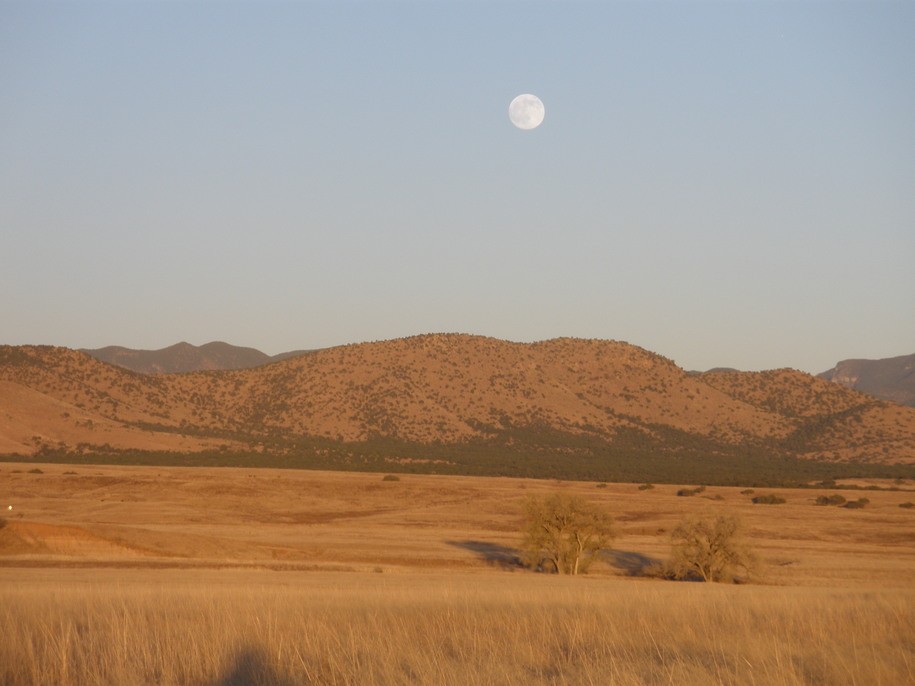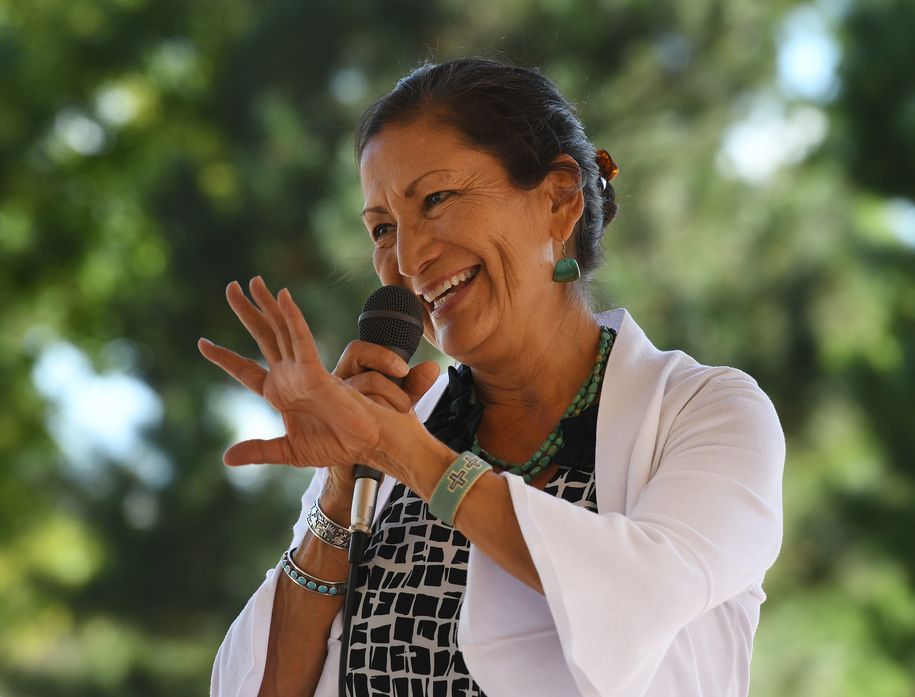A Question Regarding Hispanics and Indigenous Peoples
I am wondering about a phenomenon in identity and ethnicity. Recently I attended a poetry reading at a Hispanic Cultural Center. Each of the poets included a poem about an indigenous person either from Mexico or the Southwest USA and each of these poems was affectionate.
When I asked one of the poets why, with the overwhelming numbers of Meztizo people in the community, no cultural center has been named The National Meztizo Cultural Center, for example. Why does the term “Hispanic” always dominate?
The answer I received did not satisfy me: Because that is what the Census Bureau calls us.
Possibly there are those in this online community who can tell the story or share their concerns about this, what appears to me to be a disrespect for the Native aspect of Hispanic heritage.
I don’t mean to incite discord or display my own ignorance, but to learn from those who know more about this than I do.
Many thanks,
Wild Onion



